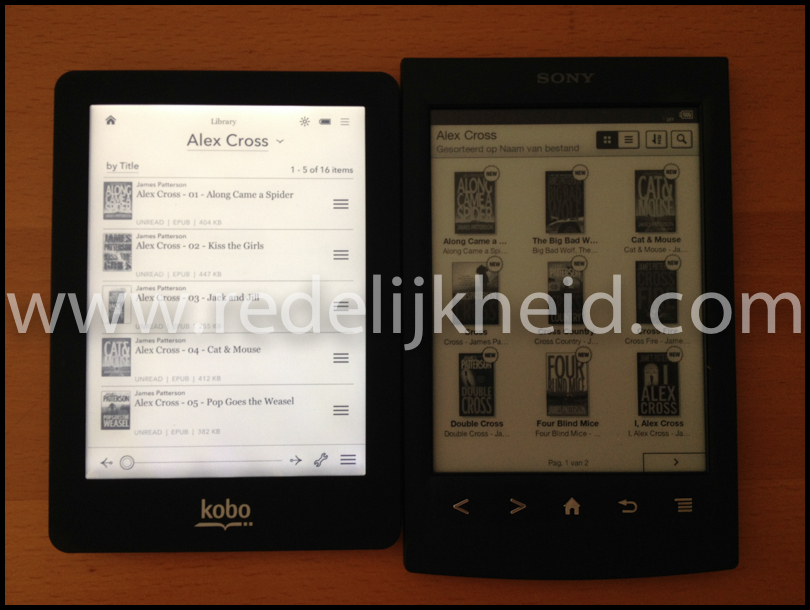Usually, I export my photos from Adobe Lightroom for print or for online display. The exports for online use (SmugMug, Flickr, or several online forums contain a watermark in the bottom right corner. Something that can be done by using the export module in Adobe Lightroom.
I wrote an article a while back on how to do this using Photoshop actions, but this time I want to use a different approach. One without (or at least minimizing) the use of Adobe Photoshop, and using the power of Adobe Lightroom (plugins).
Network Access Control (NAC) is hot in Enterprise environments. NAC offers an excellent mechanism to (safely) allow various devices network connectivity and staying in control as a network administrator. There are numerous ways to allow iOS devices, BYOD, CYOD, Corporate laptops onto your network without compromising valuable corporate resources.
In my line of work I deal with several vendors / solutions to create these NAC protected environments. The most popular at the moment are;
- Identity Service Engine (ISE) from Cisco
- Junos Pulse Access Control (UAC) Service from Juniper
Both solutions have their pro's and cons. Juniper has an excellent client for the desktop to safely connect to the network, and an integration with their SRX firewalls to (dynamically) enforce firewall policies on a per user basis. Cisco on the other hand has a more flexible way of creating access policies, and the use of so-called downloadable Access Lists (dACL).
The last couple of years, we've had two ISP's on premise. One (XS4ALL) for basic Internet Access via VDSL, and one our (VoIP) phone provided by Ziggo.
The Ziggo phone services includes free (and ultra lite) Internet access
through the use of their cable modem. It's ultra-lite, since it's only
256kbps. More than enough for VoIP, but not nearly enough for modern
basic Internet access.
Having
these two ISP's means that I should be able to provide some redundancy
in case my primary DSL connection fails (for whatever reason).
Preferably an automated fail-over of some kind. Since there are no
dynamic protocols available from either ISP (the Internet service is
consumer-grade), I have to find some work-around.
When you have a registered Juniper UAC / IC appliance, you have to option to download a VMWare version of the system. This is called a DTE appliance (Development and Test Environment). With this you have a full-blown UAC at your disposal for testing and development. Only downside is that it's limited to 5 connected users. Apart from that, it's just like the real-deal.







